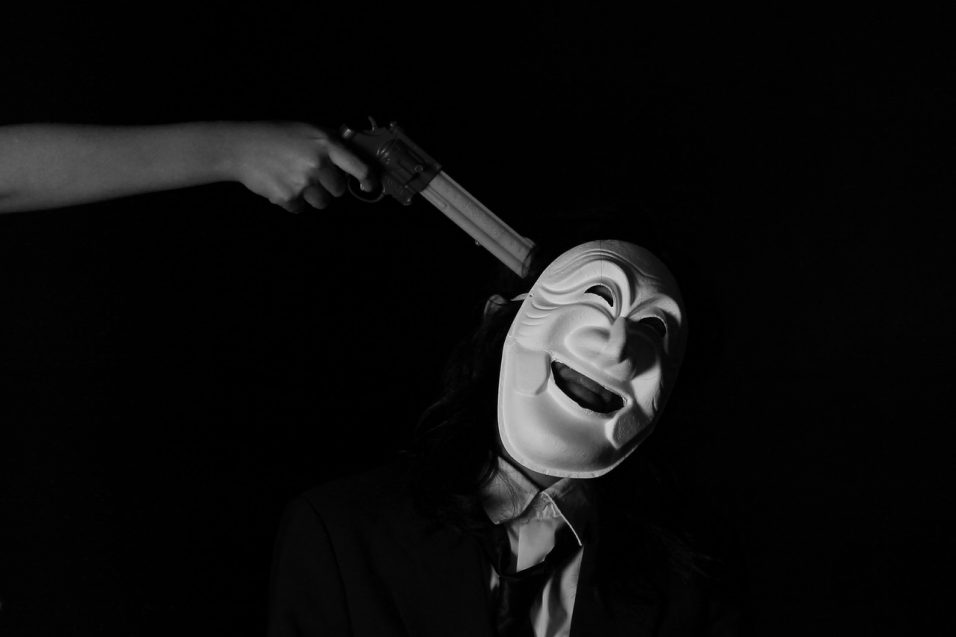Villains are fun. Every story needs an antagonist, but not every antagonist qualifies as a villain, of course; villainy requires a certain amount of malice aforethought and purposeful evil. Simply resisting the desires of the protagonist doesn’t make you evil, after all.
Villains are fun, especially in a sci-fi or fantasy setting, because you can go all 1966 Batman on them and give them wonderful costumes, gadgets, powers, and evil genius. The same goes for monsters, which aren’t always villains and aren’t always your antagonist—but they’re just as fun. It’s great to make them scary, to imply apocalyptic doom walks behind them.
The problem then is that urge we all have to explain our villains and monsters. To give them backstory and psychological underpinning, to explore potential sympathy your readers might have for them. And while this can yield rich literary fruit, it also opens you up to Villain Decay.
The Slipper Slope
Villain Decay is when you overexpose your Big Bad and thus reduce their effectiveness. Put simply, the more we know about your villain or monster, the less effective they are. In horror movies the best monsters are the ones we only catch glimpses of. Hannibal Lecter was a much better villain before endless sequels gave him all kinds of history and justification for his cannibalistic psychosis.
The more you know, the less interesting they are.
In the recent films Guardians of the Galaxy, the character of Nebula played by Karen Gillan isn’t a major character or villain, but you can see Villain Decay in full effect. In the first film, she was a psychotic, merciless enemy. In the second, she suddenly pines for her sister, and shows far too many flashes of humanity to be a real villain. Part of it is the urge to put conflicting characters together in order to see the sparks fly; the problem is that once you have your villain team up with your heroes for mutual goals, you can never go back. You’ve reduced your villain and they will never be as scary again.
This isn’t a rule or anything, just something to think about. Villain Decay isn’t inevitable, but if you’re thinking of humanizing or deepening the back story of your villain, you should be prepared for the fall out—and be prepared to find a new villain.


While I agree with the general idea that a villain should be outfitted with more background very carefully, I don’t think Nebula is a good example. I’d argue that she never actually was a villain in the first place. She’s a tormented being with very conflicted emotions about her sister which does lead to villainous behavior but doesn’t necessarily make her actually a villain.
Hannibal Lecter is a fine example for me, though, as I personally grew increasingly bored with my favorite cannibal the more I saw (and read) of him. Also, the xenomorphs from the Alien (and Promtheus) franchise – should you consider them “villains” – seem to fall victim to Villain Decay as in recent years they are rather needlessly “buffed up” with unnecessary and frankly uninteresting backstory.
Excellent! Thank you!